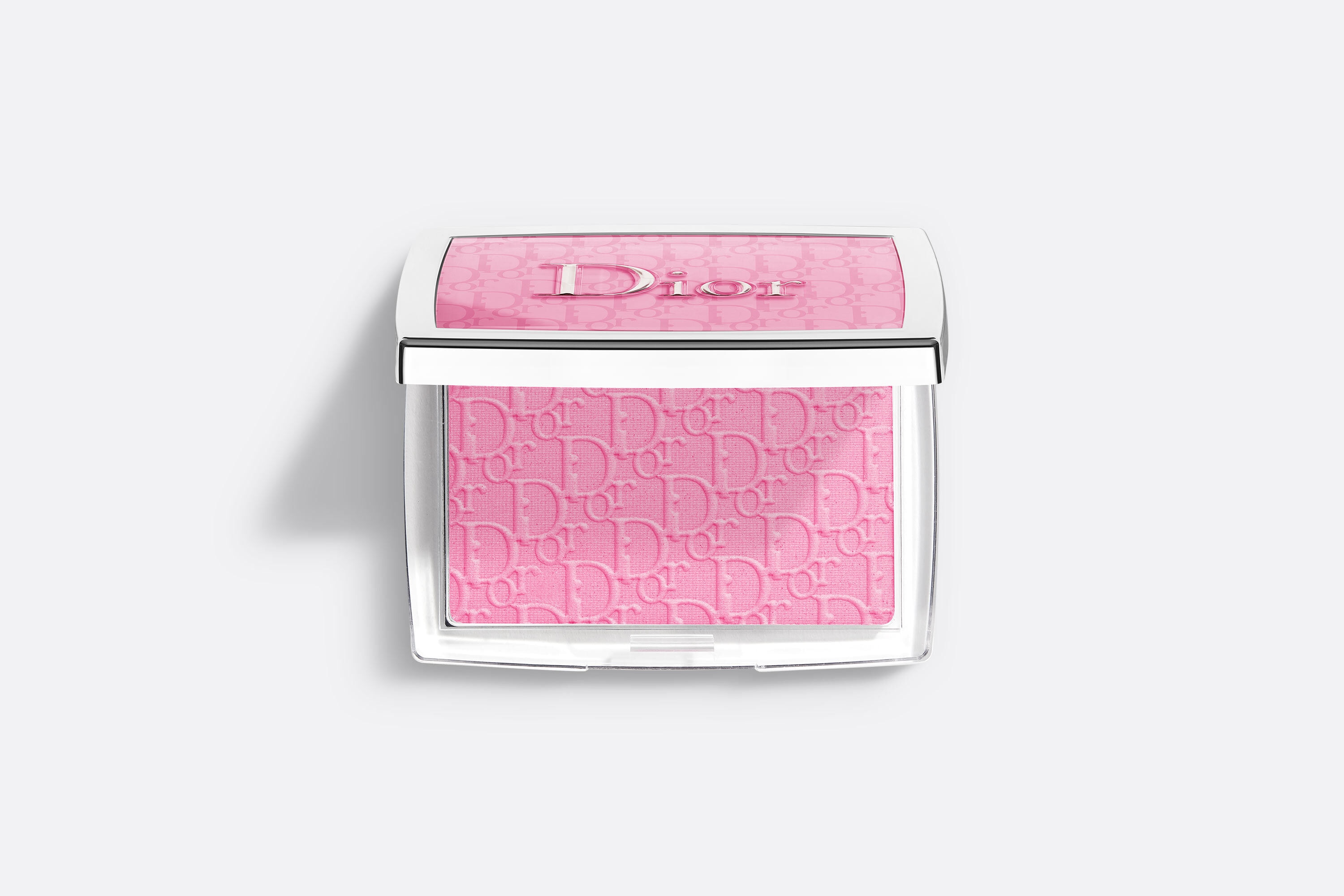Instagram and TikTok influencers are now de-influencing. What does it mean?

TikTok has more than 144 million views for the #De-influencing. GIF: DailyO
If you think that influencers are trying to sell everything they are talking about and breathing, the trend 'de-influencing' seeks to modify your perception of influencers. Ironically enough, it's the influencers who are trying to do it.
But before we get into the nitty-gritty of it, or if it works at all or not, let us understand what exactly is de-influencing.
What is de-influencing? De-influencing is currently trending all over social media platforms, including TikTok, Instagram, and Snapchat. TikTok has more than 144 million views for the #Deinfluencing trend, maybe because influencers favour this platform the most.
- The trend has also reached Indian audiences, and might also blow up on Instagram as it has more than 1k posts on it.
- It is mostly seen among beauty bloggers and GenZ, who are trying to invent a counter-culture of shorts of the trend, 'Tiktok made me buy it', where influencers tell you what actually are the over-hyped products and what you should not buy.
- The products could be anything, from beauty products to jewellery to electronics, anything that according to influencers is over-hyped or overpriced. Ironically enough, they do recommend and in the end, sometimes what other items you can buy instead.
De-influencers claim to be honest, cutting out the noise and giving you what is real. Many see it as a new way for creators to be authentic.

Here are some products that have been targetted the most by the trend:

12 billion dollar market: According to Statista, the influencer market in India itself is worth more than 12 billion dollars and is estimated to grow up to 26 billion in the next few years. The huge sum that brands pay to promote them, has made it very difficult for consumers to trust influencers and their reviews about anything. So, trends like de-influencing might actually help to build a better relationship between the influencers and their audience.

It is happening due to recession, believe it or not: Might sound strange, but various experts are crediting economic recession for this sudden change of heart with influencers. Consumers in addition, are also worn out of trends and individuals marketing things constantly.
De-influencing gives customers a means to choose not to follow trends and own the newest things while there are signals of an oncoming global recession in several nations.
Where did it start? One of the first persons to use the term was a beauty influencer named Maddie Wells in the year 2020. She started talking about the goods that customers would most frequently return in her TikTok videos as an ex-employee at a cosmetics shop, advising her followers not to purchase them due to their poor quality.
Bottom line: No matter what we say, movements like 'de-influencing' also have their own pros and cons. For instance, it may aid in reducing the fixation with items that are in trend every other day but offer little real value. However, it seems unlikely that this fad will catch on and actually create a big change.

